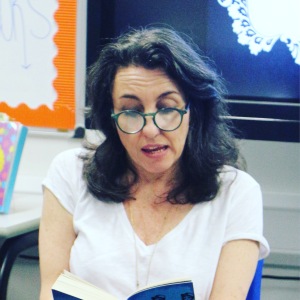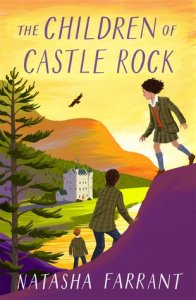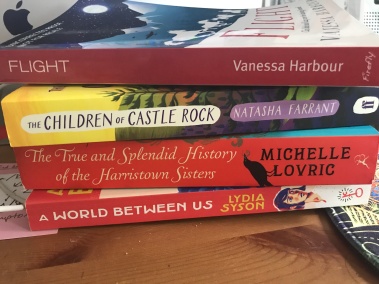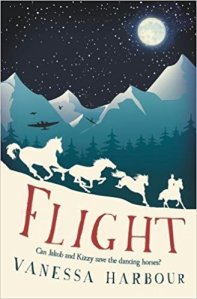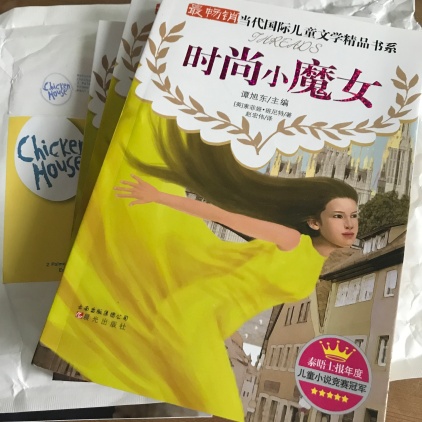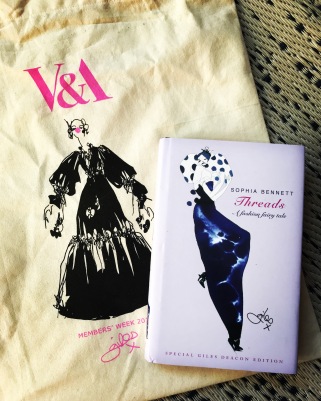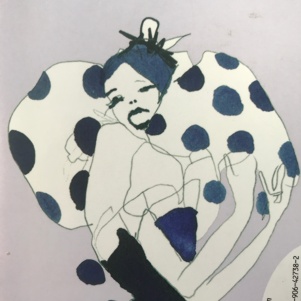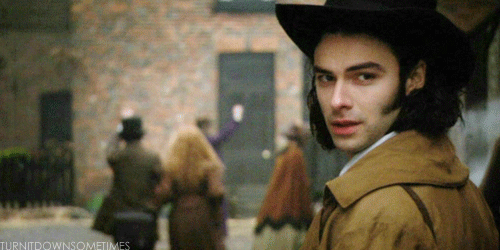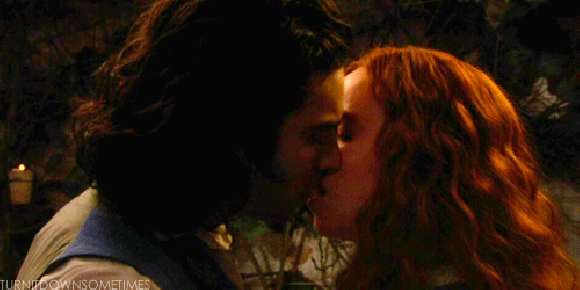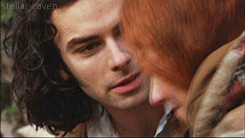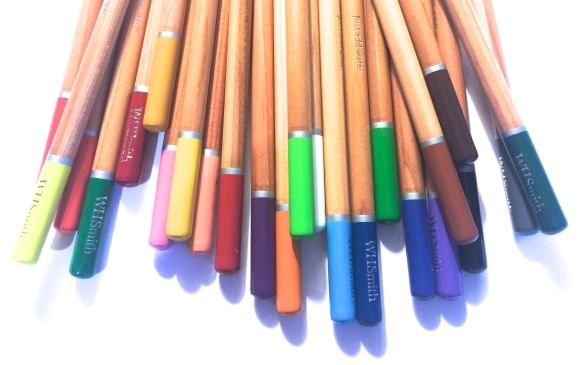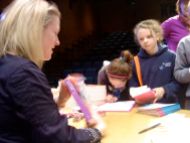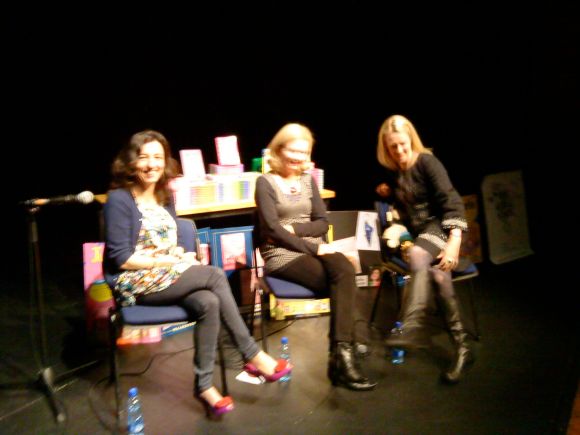Jodie hesitated outside the bright yellow door. ‘You go in first. You know them.’
‘It’s not true, you know,’ I said.
‘What?’
‘About the smell. Rose doesn’t smell of garlic. I’ve checked.’
Jodie pursed her lips. ‘I never said she did.’ All the same, she looked relieved. Yet, still, she hesitated.
‘It’s not true about her mum, either,’ I added.
Jodie looked shifty. ‘What about her mum?’
‘That she’s a drug dealer. I don’t know who made that one up.’‘You can’t be sure,’ Jodie said. ‘I heard the evidence. It sounded pretty convincing.
Anyway, we’re not worrying about that now. We just need to get on with it.’
I’d heard all the rumours about Rose over the years, but I’d never believed them. I didn’t think anybody did, really. But clearly, I was wrong. What about the one saying Rose liked to dance around her garden naked at Midsummer, pretending to be a witch? Or that she was the secret lovechild of a major rock star? Did Jodie believe those, too?
‘She’s just … unusual, OK?‘ I said, in a last-ditch effort to calm Jodie down. We’d never get the band going if she constantly looked nervous that one of her backing singers was going to strip naked and force-feed her drugs or magic potions. Also, it wasn’t just about the band. I’d seen some of what Rose had gone through over the years. I didn’t want her to go through more of it because me. But I knew what Jodie had riding on this meeting and I hoped I could trust her to behave.
‘Yeah – weird, unusual, whatever,’ Jodie snapped. ‘As long as she can sing and play.’
‘You know she can. You told me, remember?’
Jodie nodded uncertainly, and finally I pushed open the door. A plump-faced, kindly woman with her red hair piled in a messy bun looked up from the narrow table where she sat organising nail varnish pots, and smiled hello. Her dangly earrings shimmered as she moved her head, and the bangles on her arms clinked as she waved us in.
‘Sasha Bailey! I haven’t seen you in ages. Come to get your nails done with your friend? I could do you a special rate, if you like.’ She indicated two chairs opposite her. ‘We’re very quiet today.’
‘Actually, it’s Rose we were after,’ I said, hoping the size of my smile outdid the acid look on Jodie’s face. ‘We’ve got a proposition for her.’
Mrs Ireland looked surprised and delighted. From what I knew at school, I imagined people didn’t call for Rose very often.
‘Well, isn’t that lovely? In you go then. Through that door and up the stairs. Door on the right. I’ll put the kettle on.’
Unlike us, Rose and her mum lived in the flat above the shop, which had been built about the time that Jane Austen’s characters were alive. Or alive to me, anyway. Mum always said I took my fiction too seriously. There was a set of narrow and rickety stairs, leading to an upper floor with a low ceiling and walls that seemed to lean in towards the landing, like a playing-card house.
Rose’s door was shut, so I knocked, gently. No answer. So I knocked again, harder. Eventually Jodie brushed past me and bashed on the door with her fist.
‘Are you in there, Rose?’
We heard footsteps padding across the floor and a
[And there it ends. I gave up on it and tried again. Different choices. Another road in the wood.]
